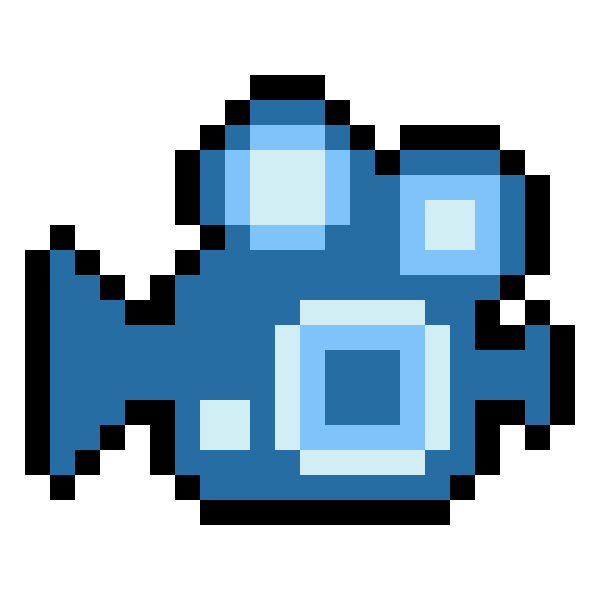108 reads
What Is a Dockerfile? A Quick Overview
by
May 11th, 2023
Audio Presented by
Story's Credibility



About Author
Business Owner @HoffsTech, Author, Speaker, @Docker Community Leader


Business Owner @HoffsTech, Author, Speaker, @Docker Community Leader